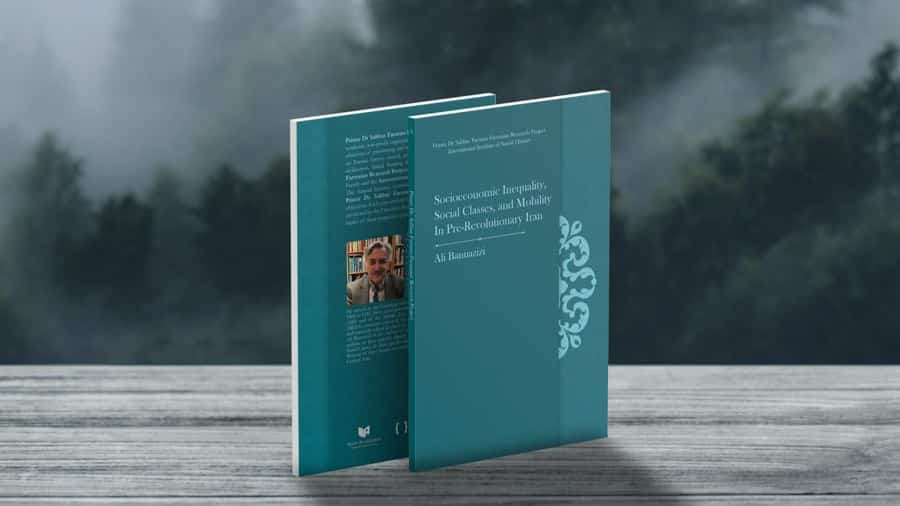Socioeconomic Inequality, Social Classes, and Mobility In Pre-Revolutionary Iran
Author: Prof Ali Banuazizi
Prince Dr Sabbar Farman-Farmaian Research Project (SFFRP) is a nonprofit academic organization founded in 2013 to support and promote research and scholarship in all aspects of Iranian history, culture, and civilization. Initial funding for SFFRP was provided by the generous support of the Farman- Farmaian Family and the International Institute of Social History (IISH), Amsterdam, The Netherlands.
A key component of SFFRP’s mission, as stated in its Operational Guidelines, is to convene Farman-Farmaian Annual Lecture by eminent scholars of Iranian Studies in their respective fields of expertise at the invitation of the SFFRP Executive Board.
The third Farman-Farmaian Annual Lecture was delivered by Prof Ali Banuazizi on 10 May 2019, in Amsterdam, under the auspices of the SFFRP and IISH. It is with added pleasure to announce that annual lectures will be subsequently published and made available by SFFRP.
Abstract:
Rapid but uneven economic growth, a widening gap between the rich and the poor, and increasing marginalization and impoverishment of rural migrants in big cities are often mentioned among the causes of the 1979 Iranian revolution. After presenting a broad overview of the emerging class structure in the late Pahlavi period, the lecture analyzes the extent of poverty, income inequality, and social mobility in prerevolutionary Iran, and the extent to which these factors may – or may not – have contributed to the revolutionary uprisings of the late 1970s.


